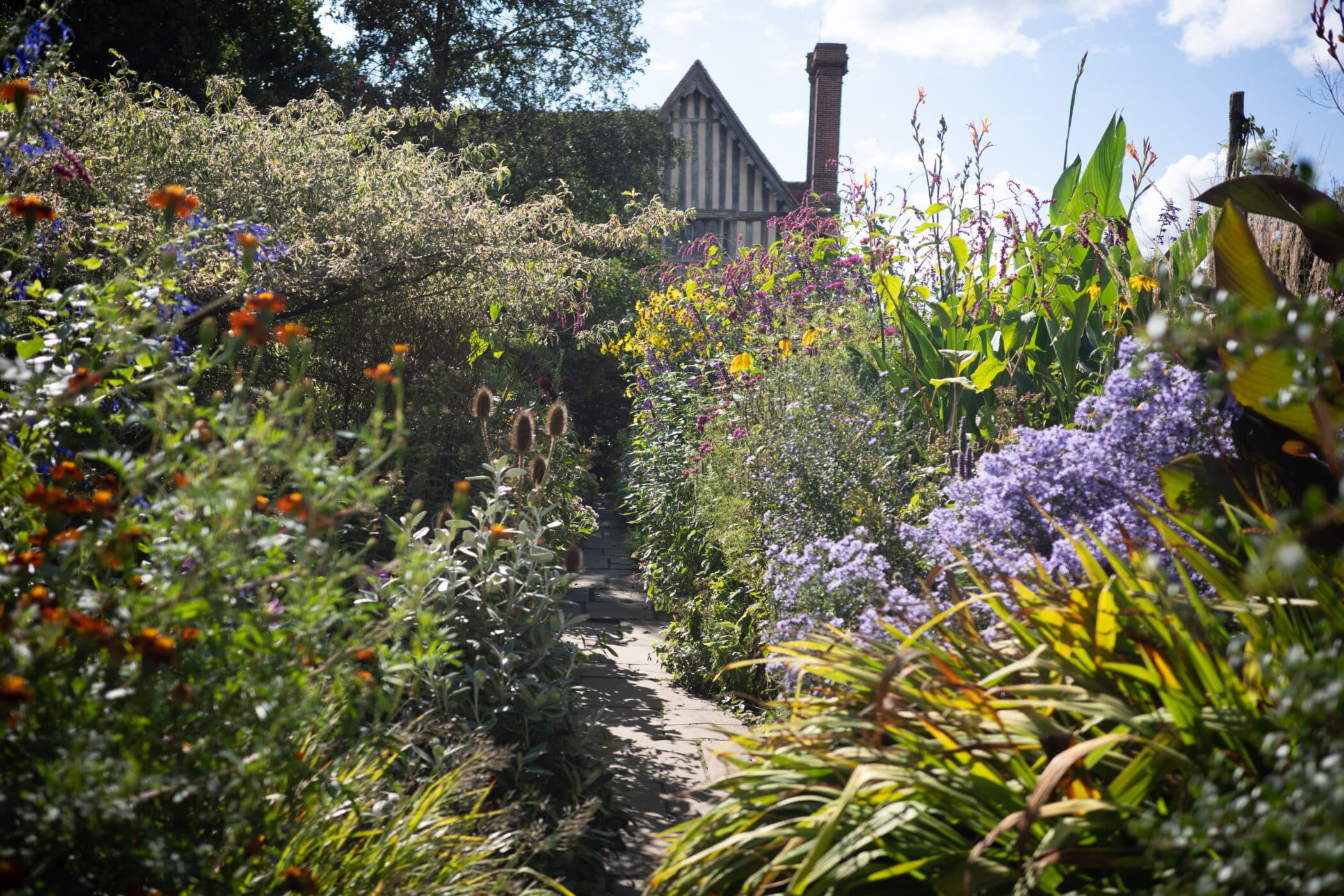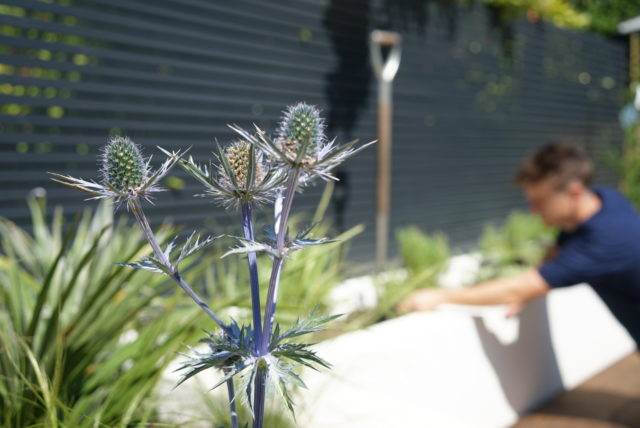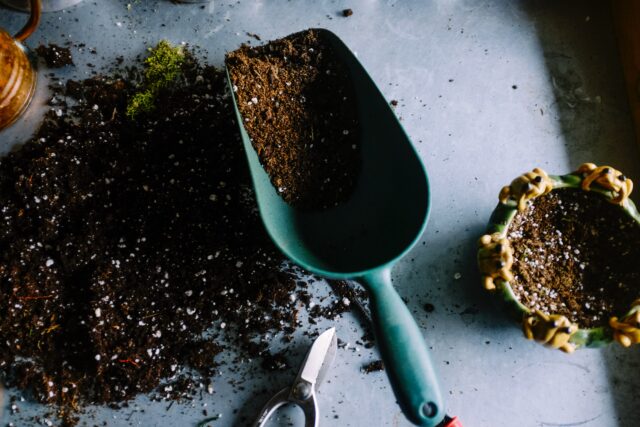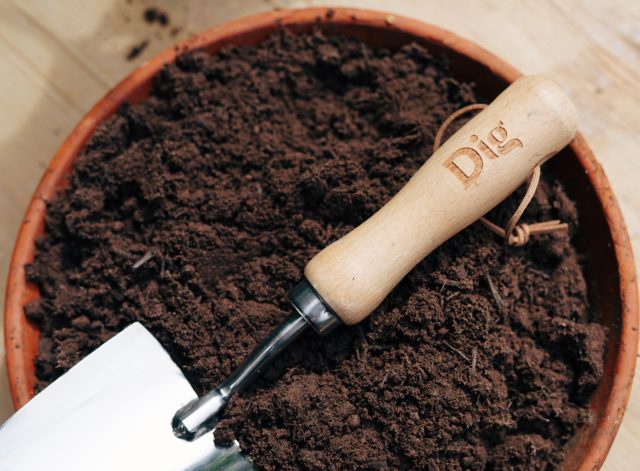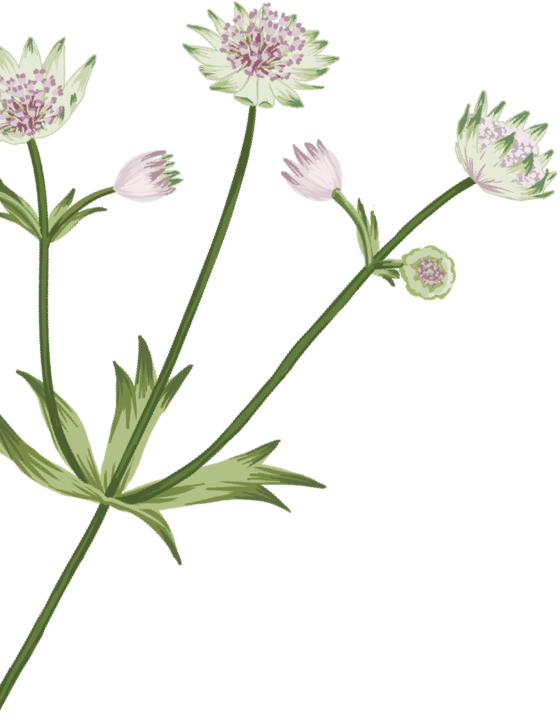On arrival at Great Dixter House & Gardens in Rye we discovered a space overflowing with subtle and impactful design wonders. The different areas of the gardens are packed full of plants that marry together perfectly and work hard to provide colour and texture. The planting palette caters to wildlife and when paired with design, creating a magic wonderland for us to get lost in.
Here are some inspirational design hacks we found that you can be incorporated into your own garden or outdoor space.
Garden corridors
Archways
With a garden, arches can very easily transform an outdoor space. They can be created using hard landscaping or a more organic approach by using hedging or climbers. You can also soften hard landscaped arches with draping branches and climbers or create soft edges when thinking about the lower levels by using ground cover plants and grasses that spill into a pathway. Think about the shape you want to create. Arches can be created using hard lines and square edges or softer curves. The thinner the arch the greater the sense of mystery, whimsy and surprise.
Walkways:
It’s also possible to create a sense of an arch in your walkway by using tall and layered planting. Layered planting with lots of movement and thin walkways creates an interactive experience. Think about the materials used for the path itself too – whether paving slabs, grass or gravel. These can all affect the experience whether through look or even sound. Grass makes a soft spongy soft surface and is more gentle to walk on and gravel provides the added crunching sound effect to the experience. You can also open up a walkway with pockets of open space to breathe or an entire side free of planting to make the path feel wider than it is.
Little moments:
Hidden gems (accent flowers)
Little moments, as we like to call them, can be created with small accent flowers. By planting small pops of visual interest, you are encouraged to dive deep into your planting scheme to search for little bursts or even hints of colour.
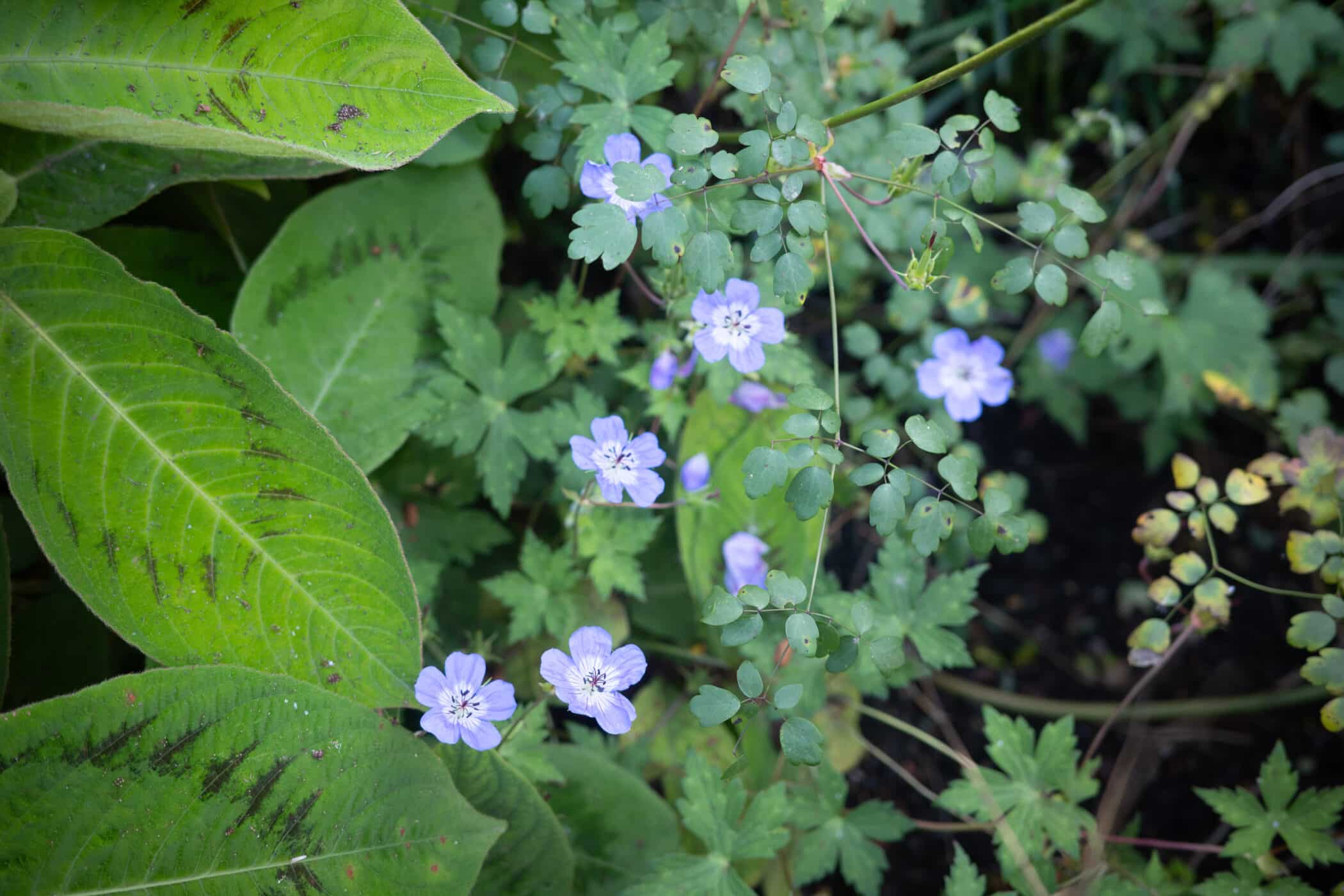

Small Pots
Dotting small pots around your outdoor space gives smaller plants their moment to shine. Large pots will often take centre stage but placing small pots clustered together or on their own but somewhere unexpected will draw attention. Our Dig Top Tip when designing with pots is to use the same material and/or colour pots to give it a more cohesive look and feel.
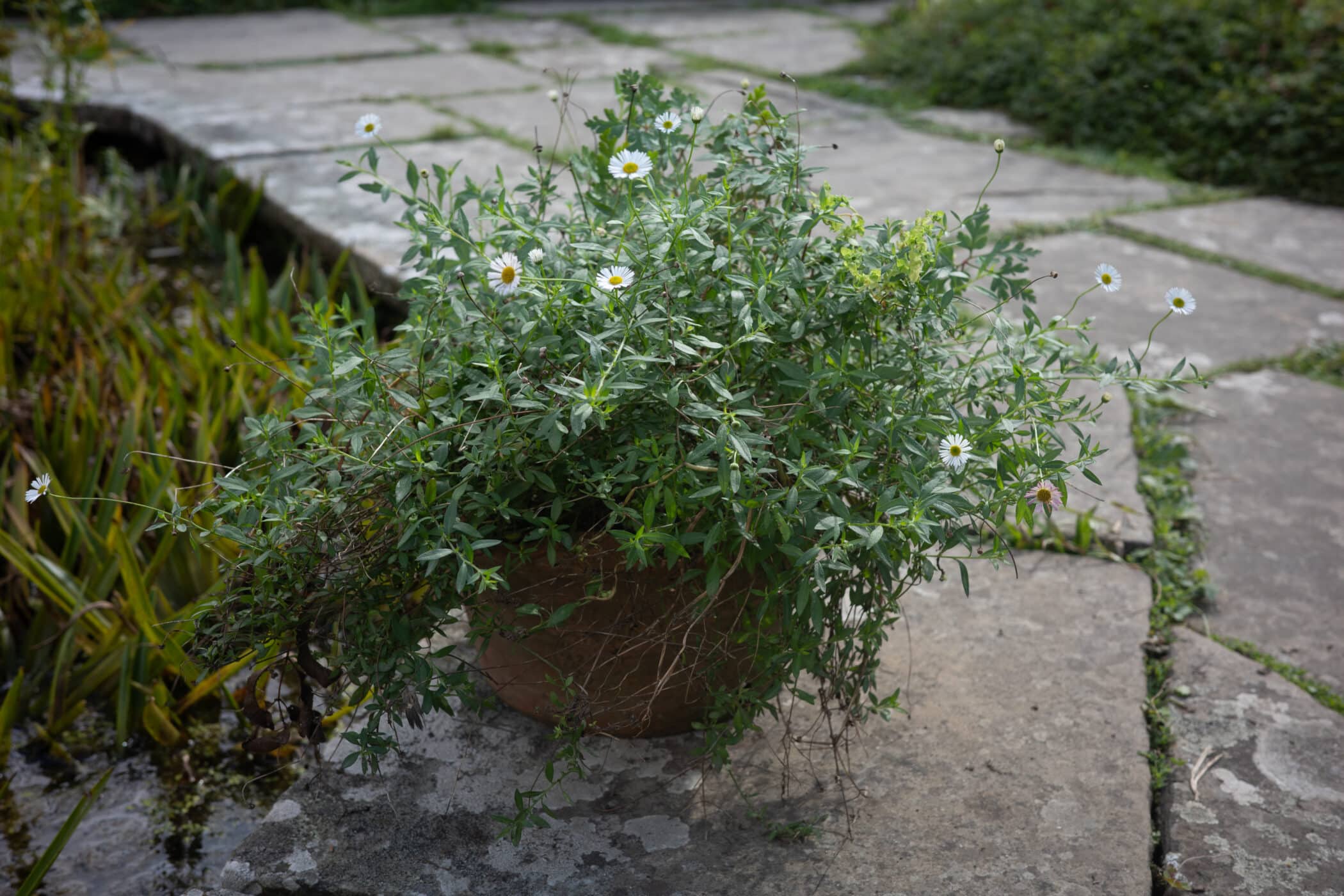

Bench seating
You can also create zones to have a quite minute of contemplation in your garden and find a sense of peace in your space. At Great Dixter they have placed the bench below to encroach upon nature’s space rather than somewhere further away to gaze at your plants. Here, you sit amongst the plants giving an alternative perspective to make you feel like you’ve stepped into the plants’ world, looking out from their point of view. Another Dig Top Tip to make you feel completely enveloped in nature is by using organic materials such as wood or stone, as this helps your seating to effortlessly and subtly blend into the space.
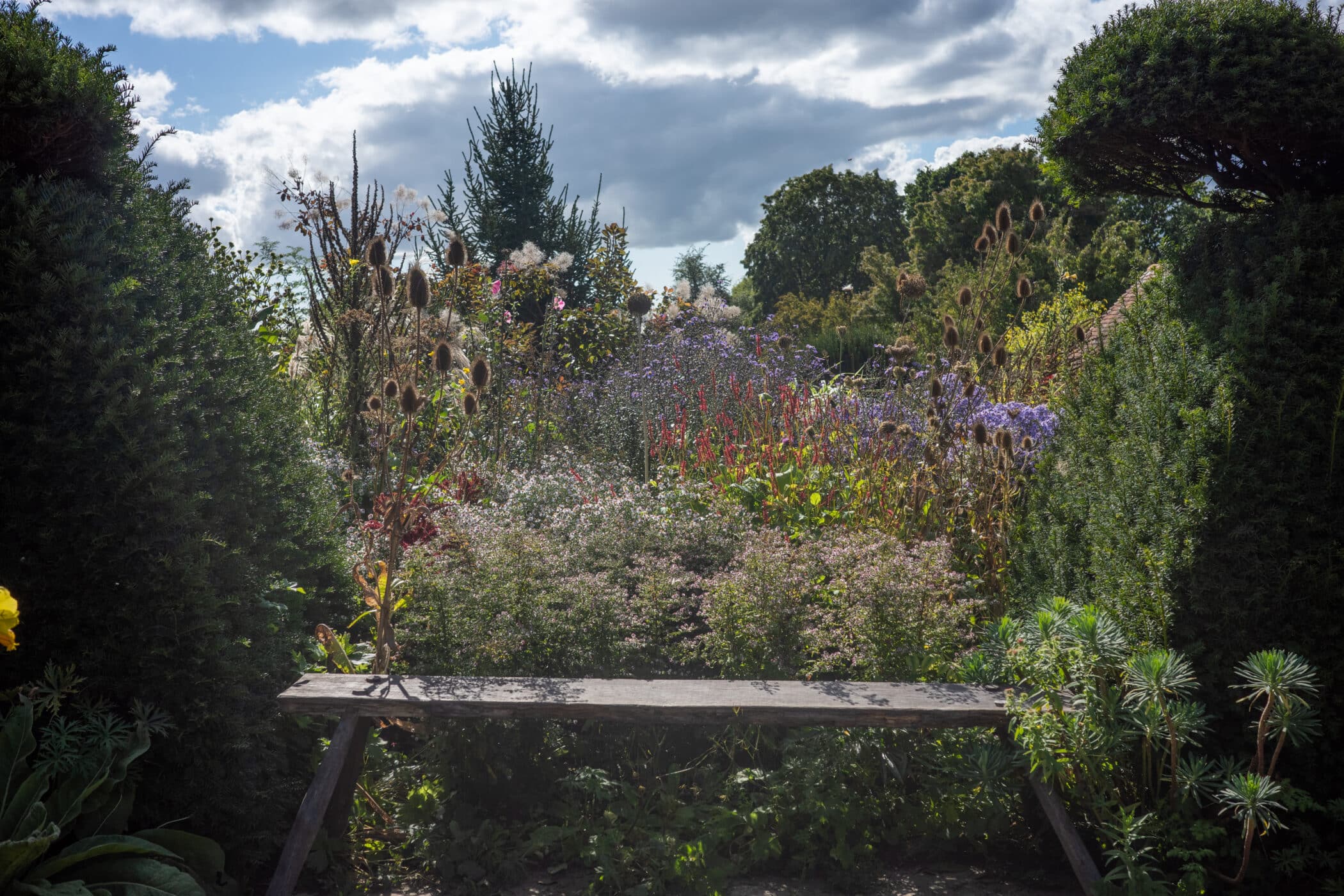
Friend of nature
Thoughtful food
Pollinators love open flowers, which are not necessarily the most beautiful or most colourful. Open flowers make it easier for them to spot and access, which is especially hard to source as the season grows colder. For winter we suggest winter flowering plants like winter flowering Honeysuckle climber, sweet little Snowdrop flowers and highly scented Sarcococca shrubs. Berries and fruits are just as important as flowers for wildlife. Birds and small animals feed on berries which are also great for us humans as they add colour into your space as leaves and flowers drop (though ensure to check whether the berries in your garden are edible to humans before you dive in to indulge alongside the local wildlife!)
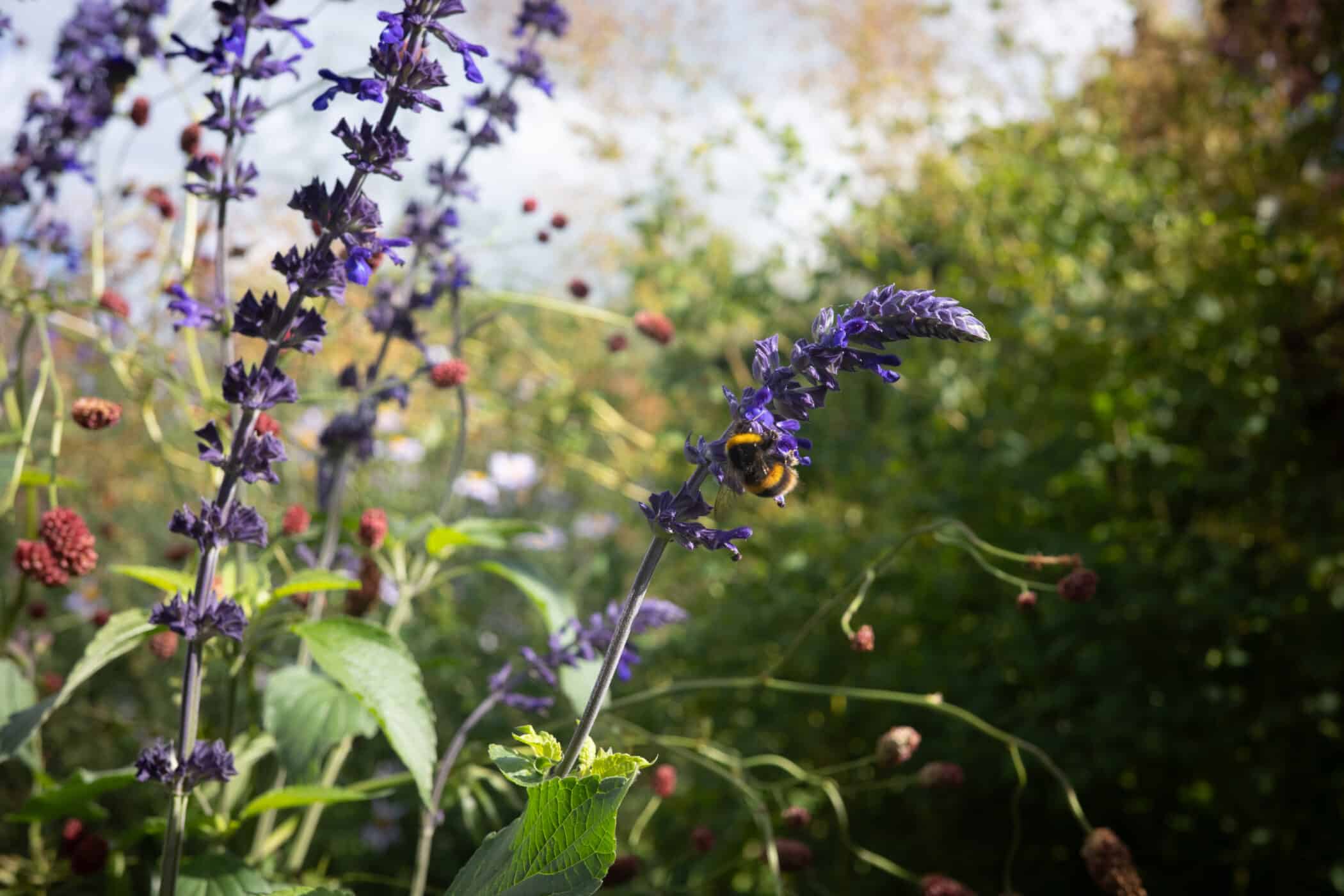

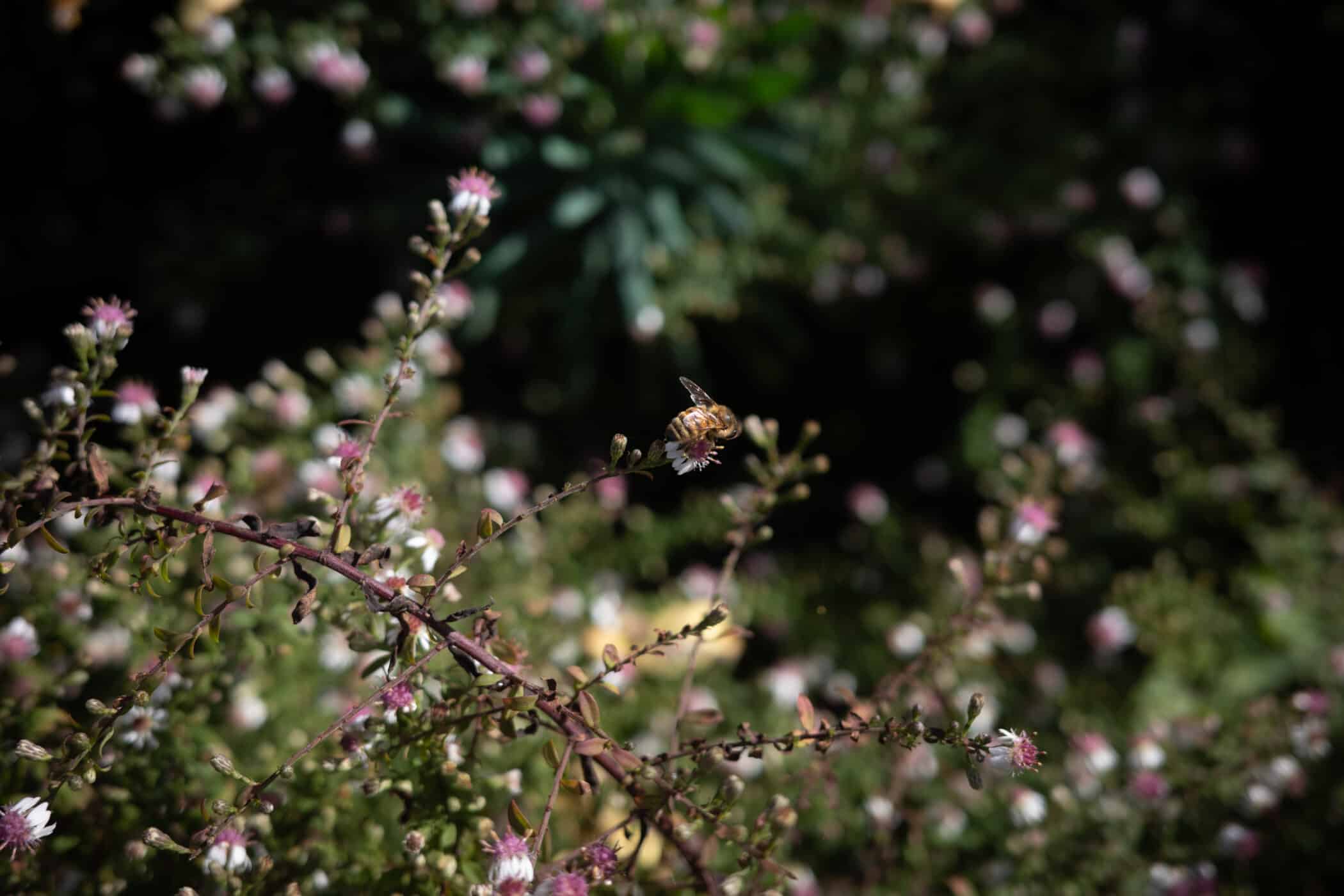
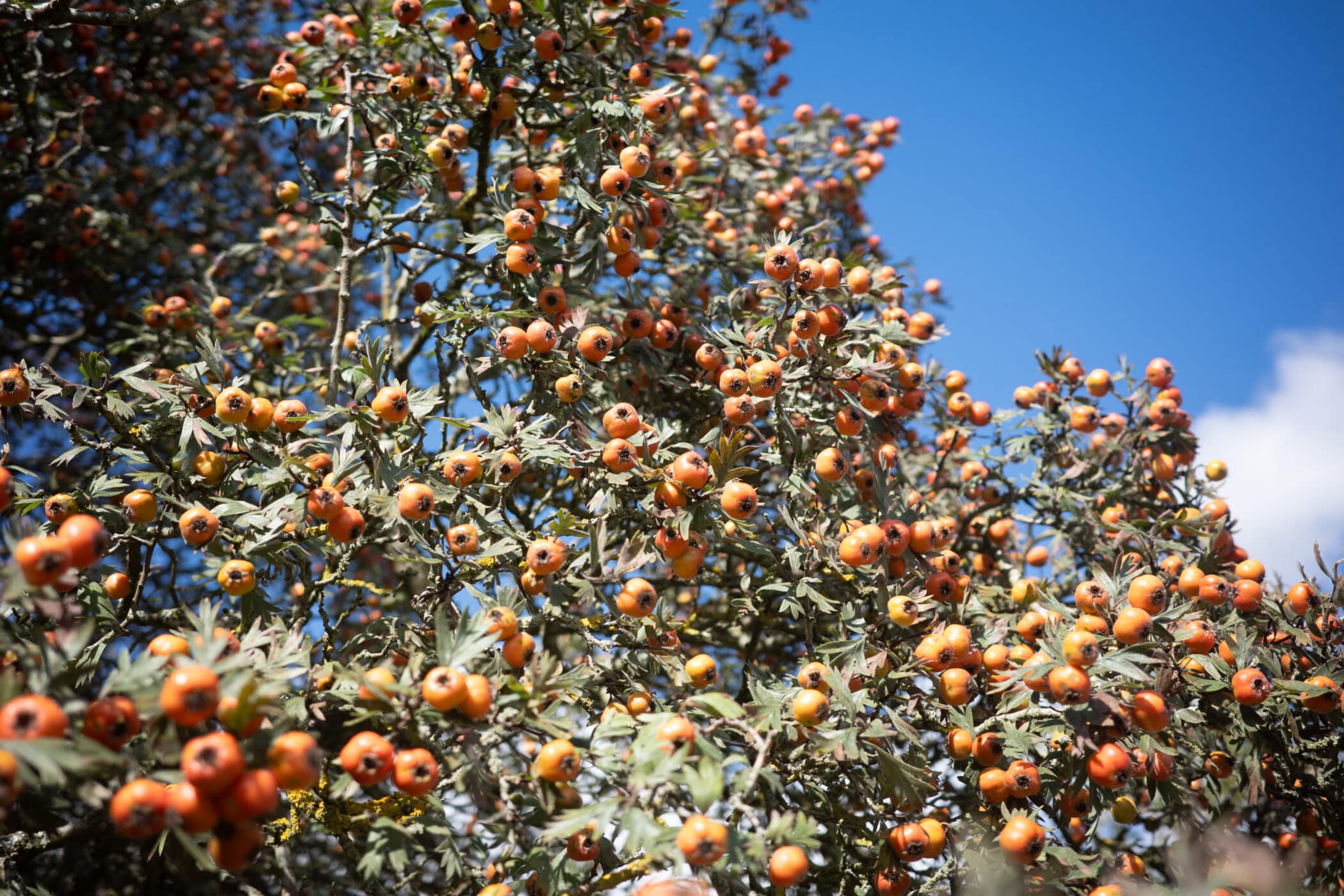
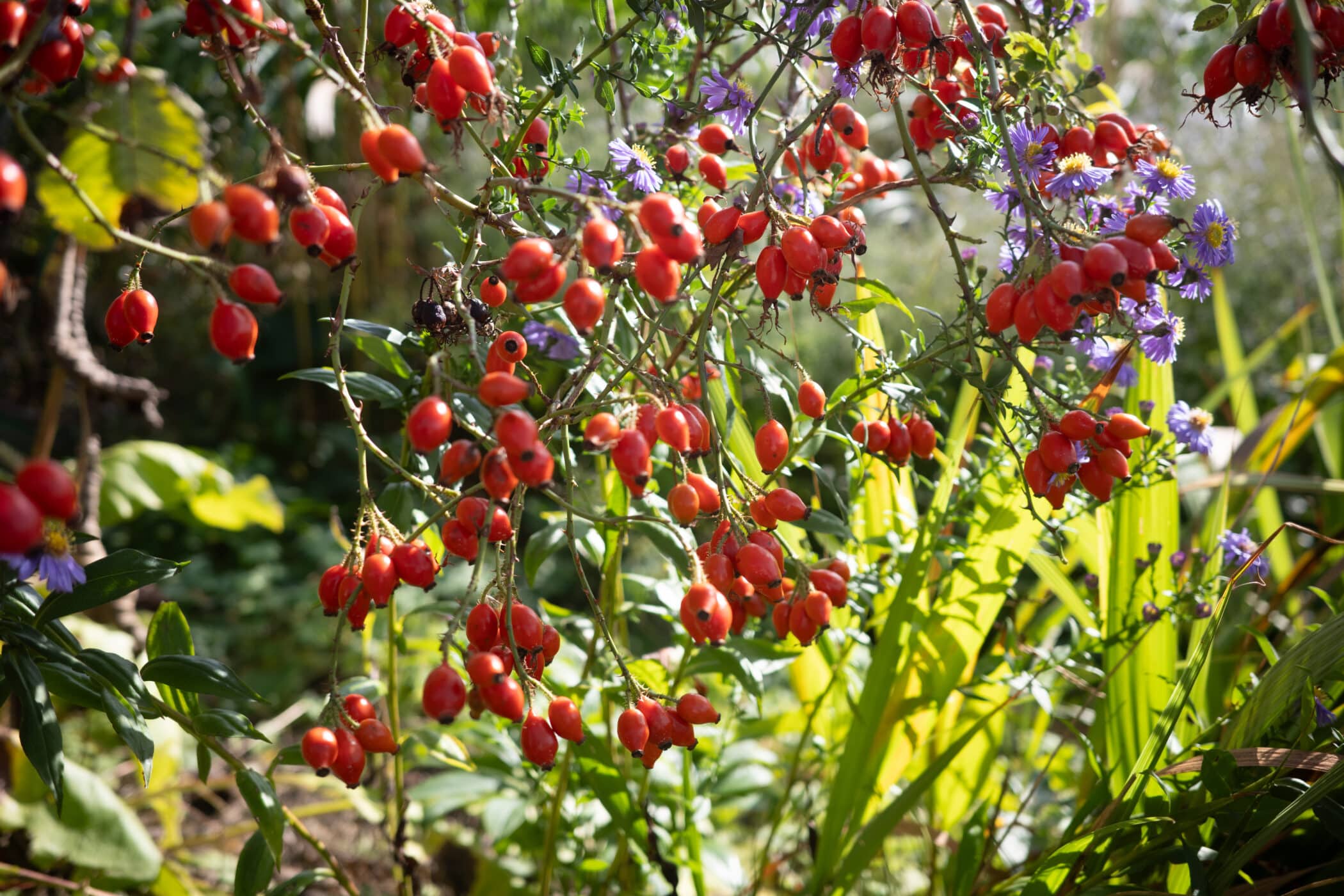
Dried goods
As flowers dry, they are great for wildlife as well as providing depth and texture for your space. Sometimes it’s best to leave certain varieties of plants as long as you can… Leaving hydrangeas to dry, for example, actually acts as a mulch, of sorts, to protect the plant over winter. So it’s doing more good than harm to leave them over winter and prune after the last frost in spring.
If you do wish to remove plants though, you can also cut flowers and grasses and use them as long lasting arrangements in your home. A Dig Top Tip for drying flowers is to hang them upside down somewhere dark and dry for around 2 -3 weeks (the airing cupboard is perfect for this!) to then use in a beautiful indoor display.
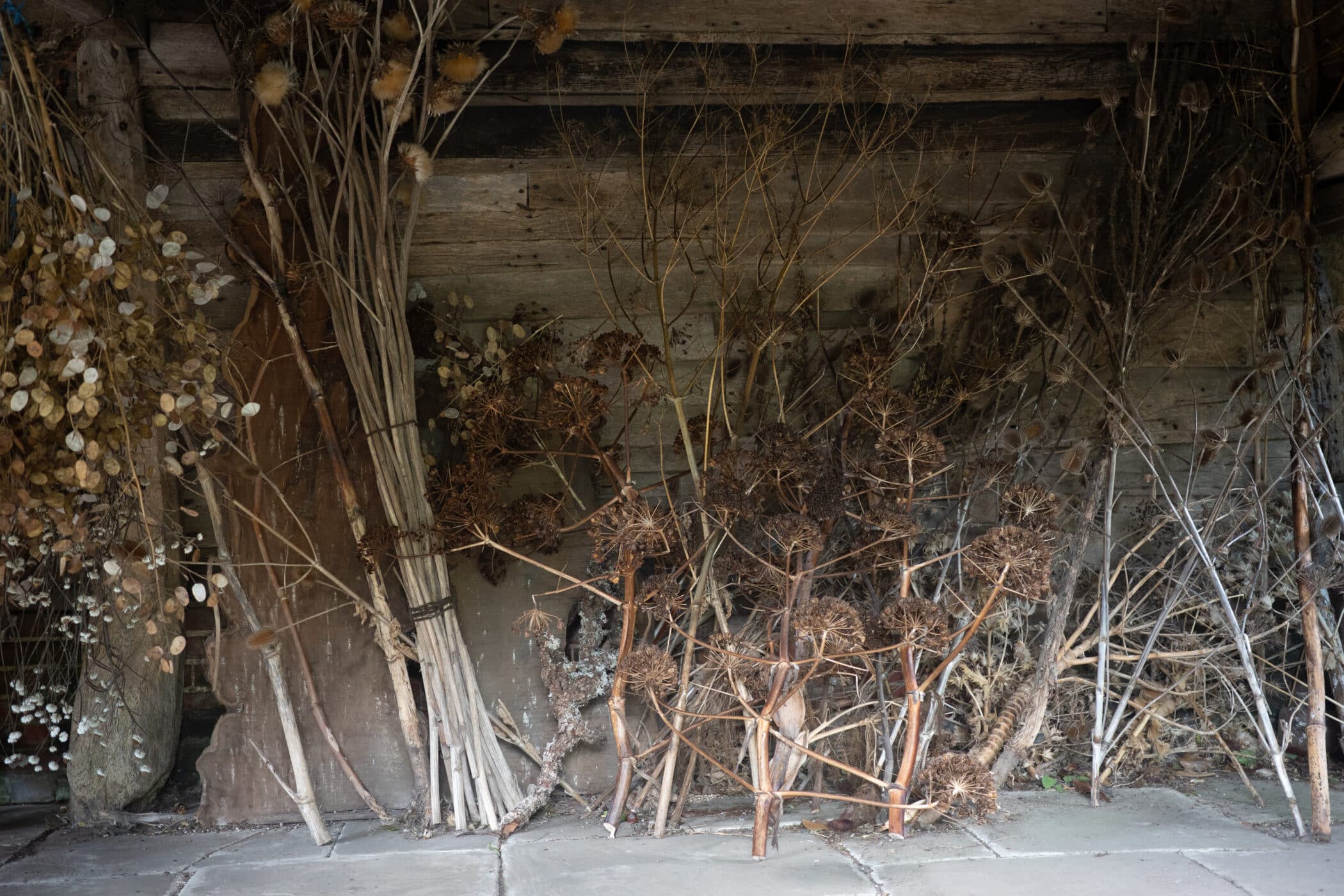
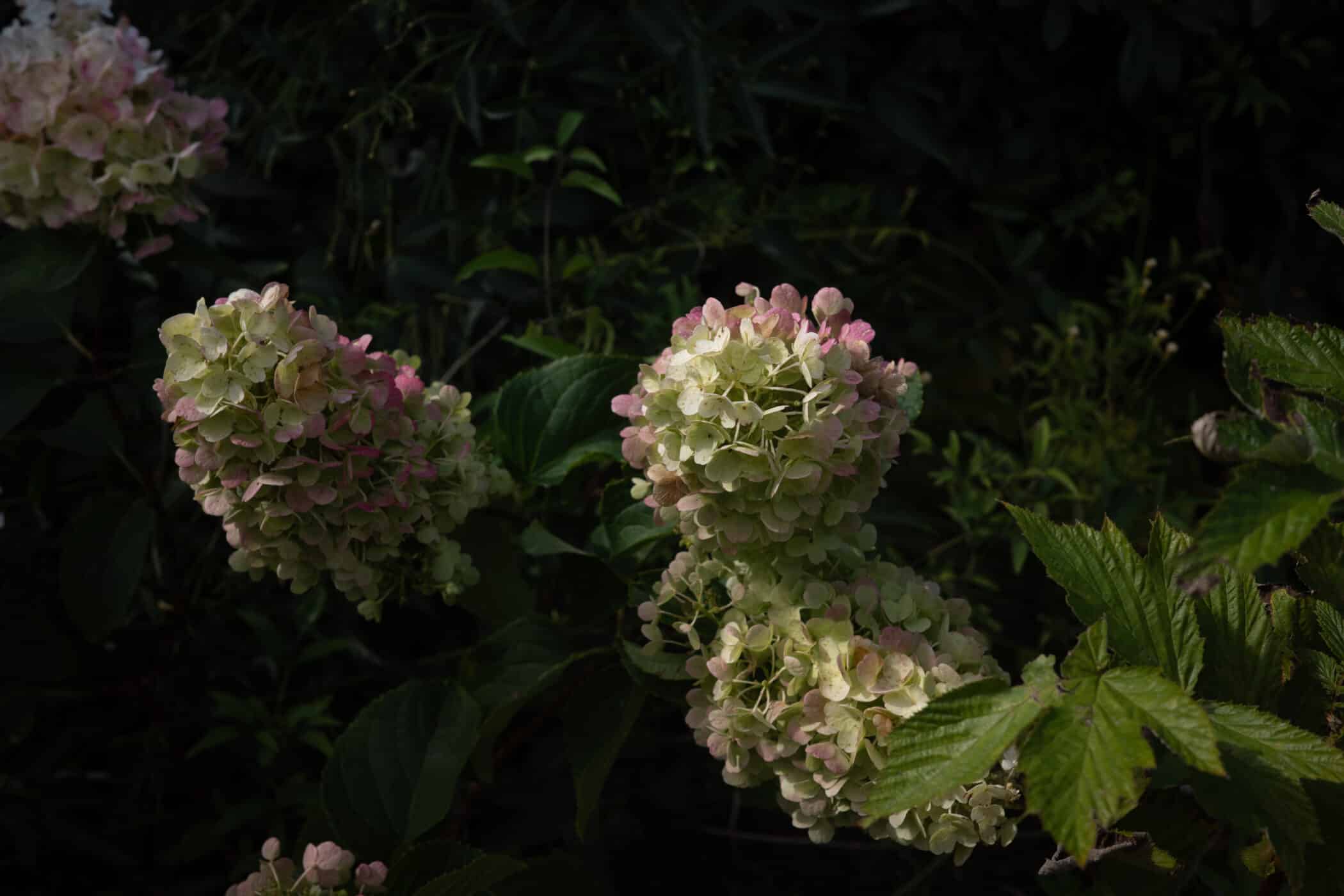
Grow for purpose
Incorporate edible and useful plants amongst your garden plan – such as grapes, figs, dill and strawberries to eat and enjoy as well as flowers and plants that can be used to make natural dyes such as marigolds.
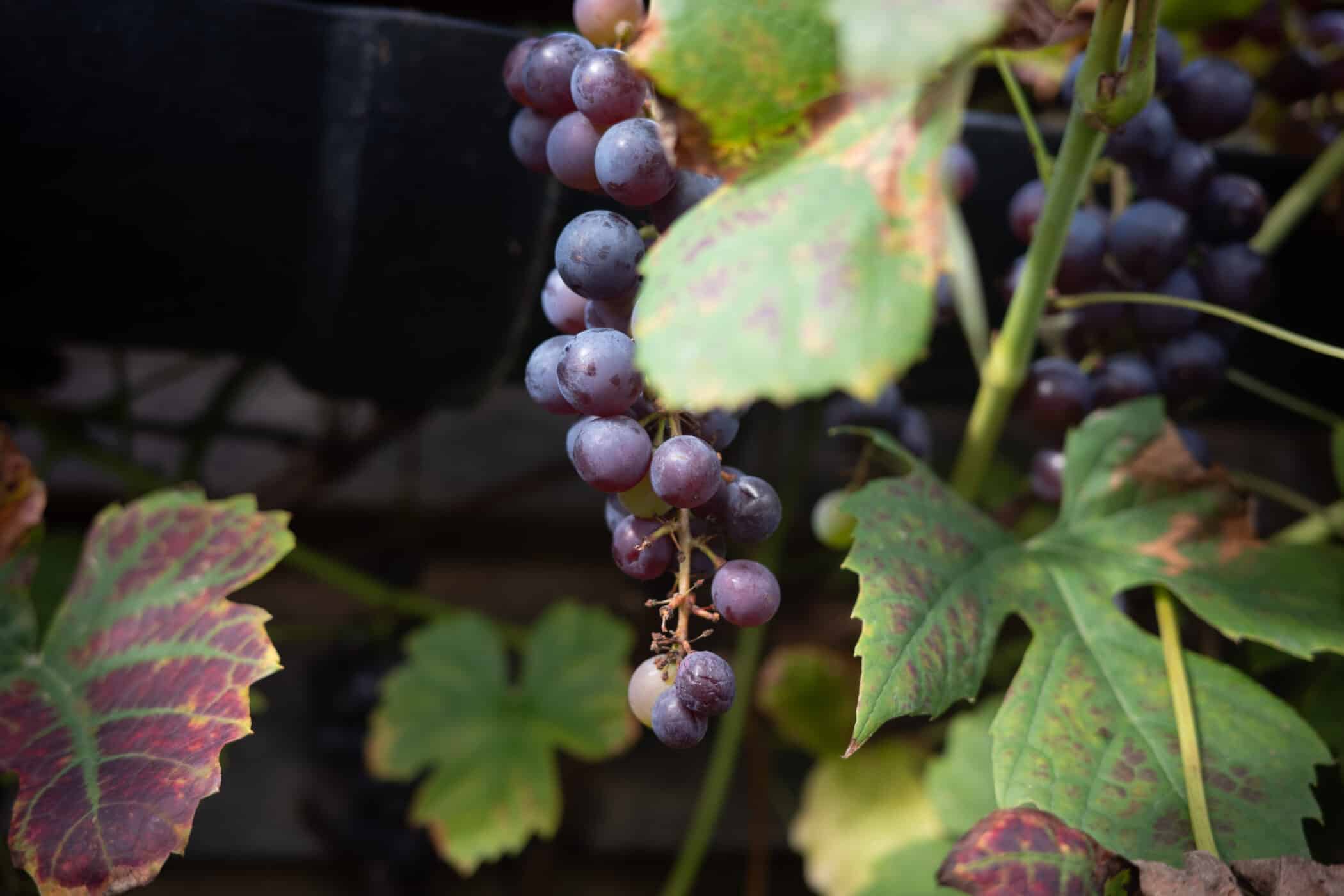
Colour & Texture
Deep shades and bold colours
Using deep and rich colours in foliage as well as flowers can provide drama and depth into a planting scheme and a break for the eye amongst green tones. Excellent examples of these can be Cannas, black grasses like Black mondo. Great Dixter have used Salvias and Dahlias that provide rich red, purple and blue tones into the palette. Using white or other light colours can enhance the contrast in your outdoor space, and an excellent pairing Great Dixter’s team used was a rich Dahlia combined with a bright white Cosmos. Bold colours like bright oranges and bumblebee yellows often found with Rudbeckia can also create depth if you don’t want to use particularly dark colours in your scheme.
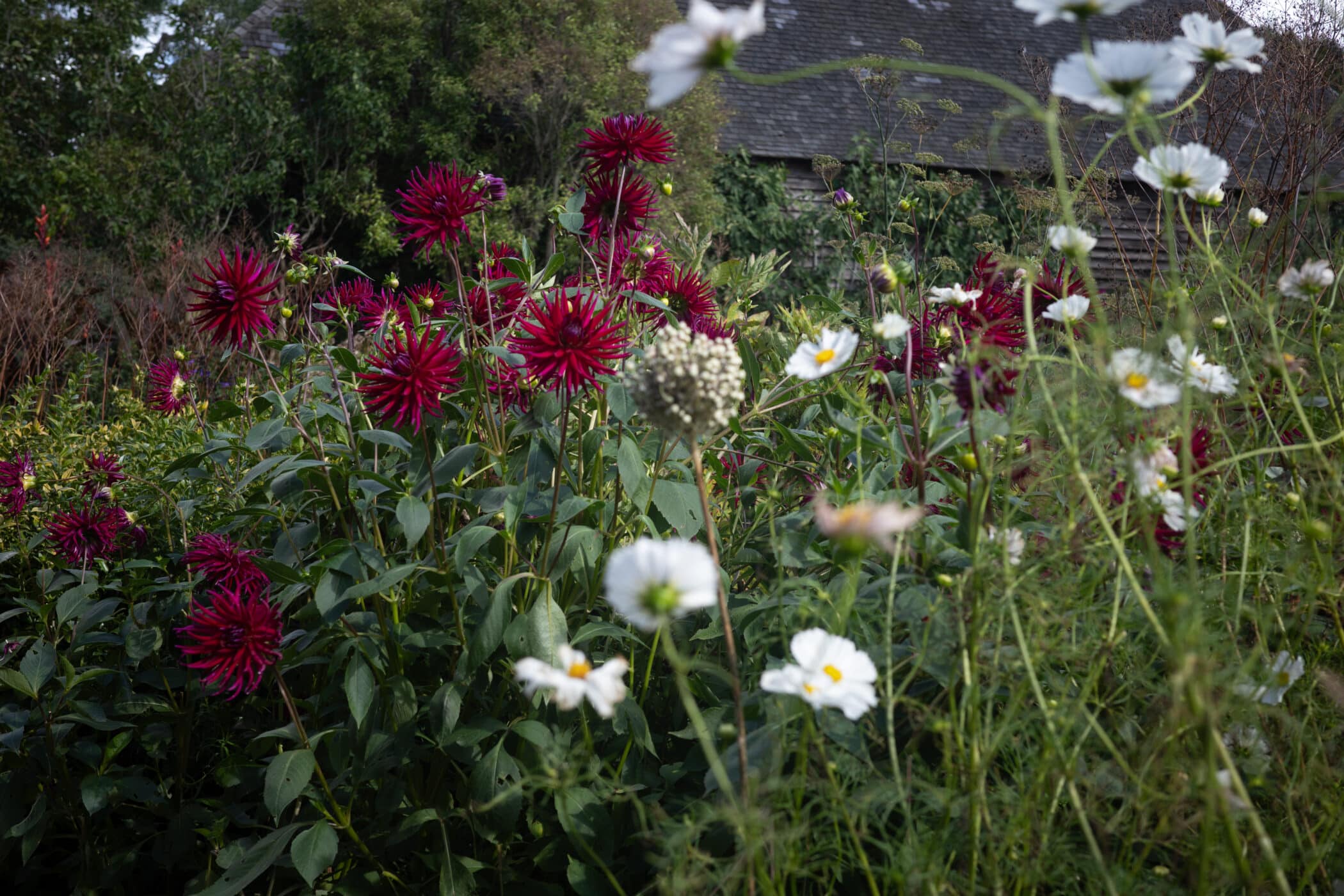
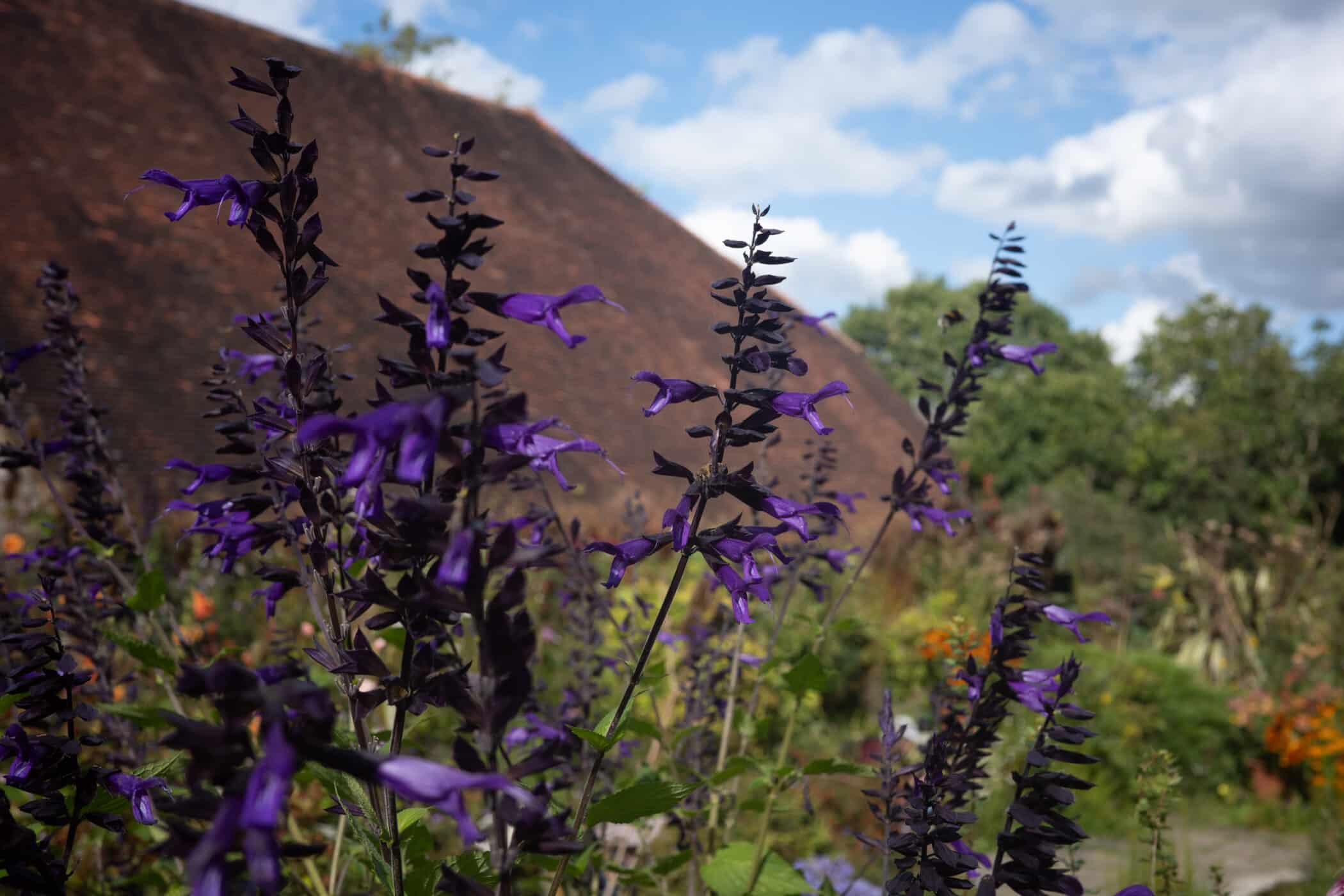
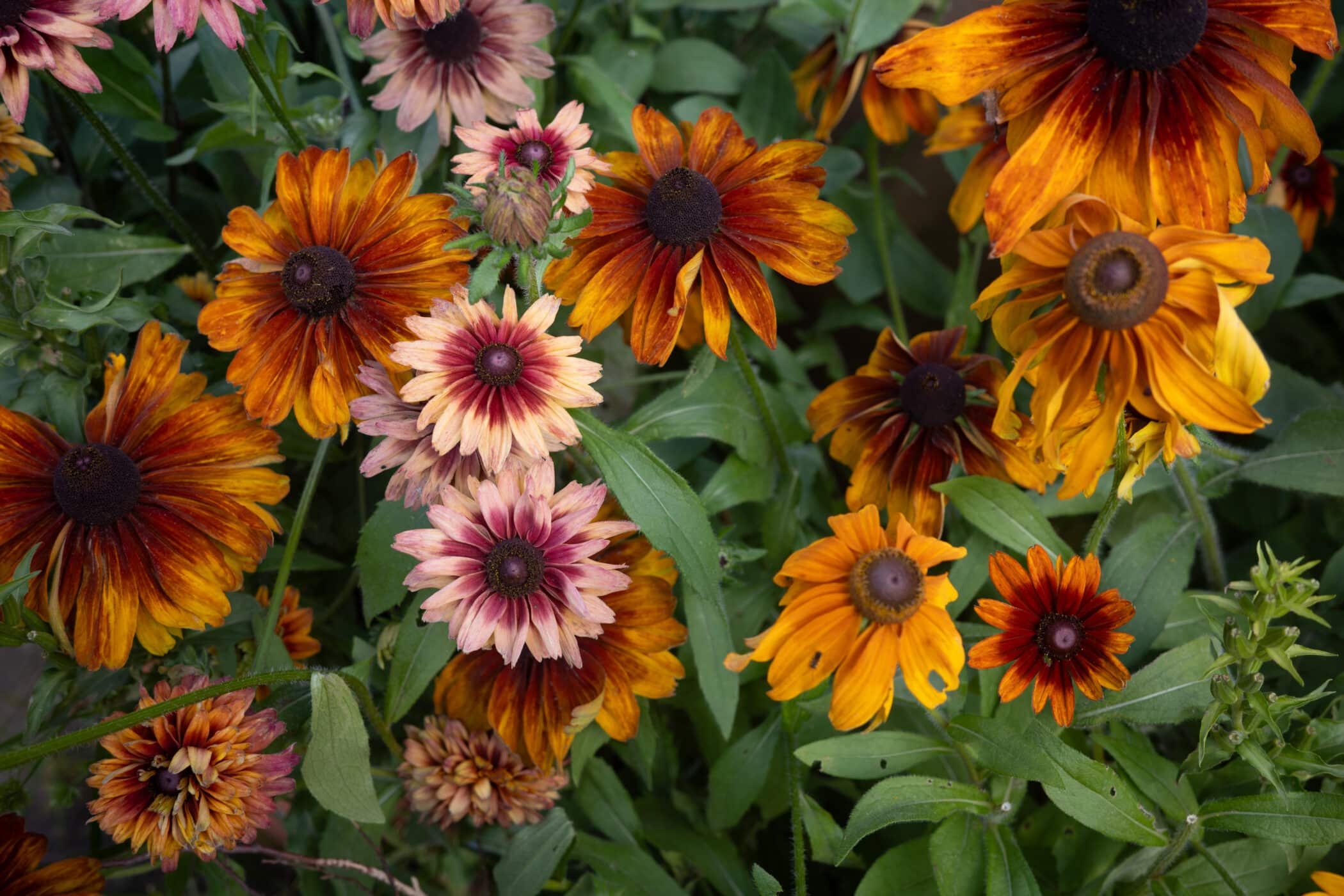

Grasses
Grasses have a variety of advantages – they add movement and texture into any scheme, and they come in a range of varieties be it green, black, brown or mauve tones so can provide many various accents as needed for your desired colour scheme. We suggest including a grass in any garden or outdoor space – whether in the ground or in a pot – to soften a space and provide airy height.

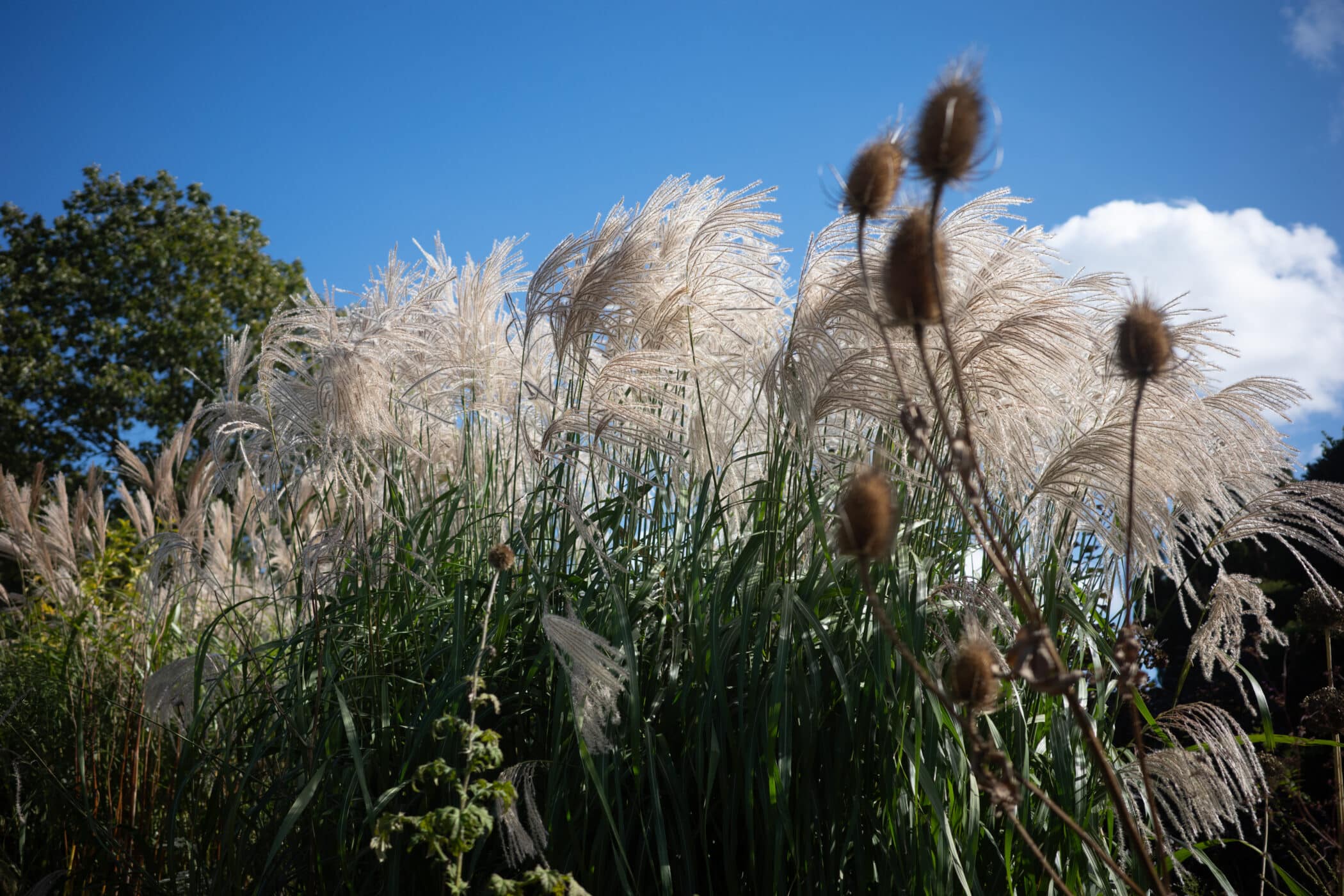
Great Dixter Home & Garden is available to visit in March until the end of October – so if you’d like to visit, act now as its particularly worth seeing it change over the seasons. You can find more information here.
Images c. Lydia Morton
